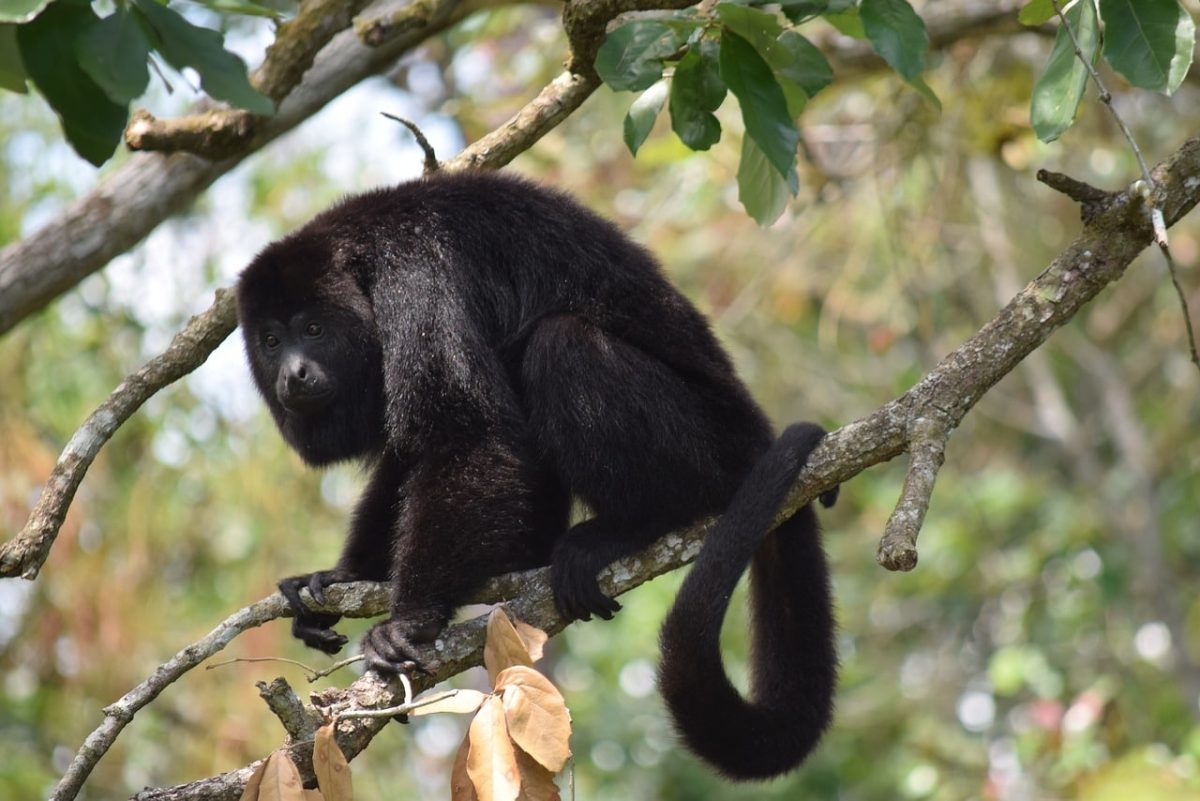
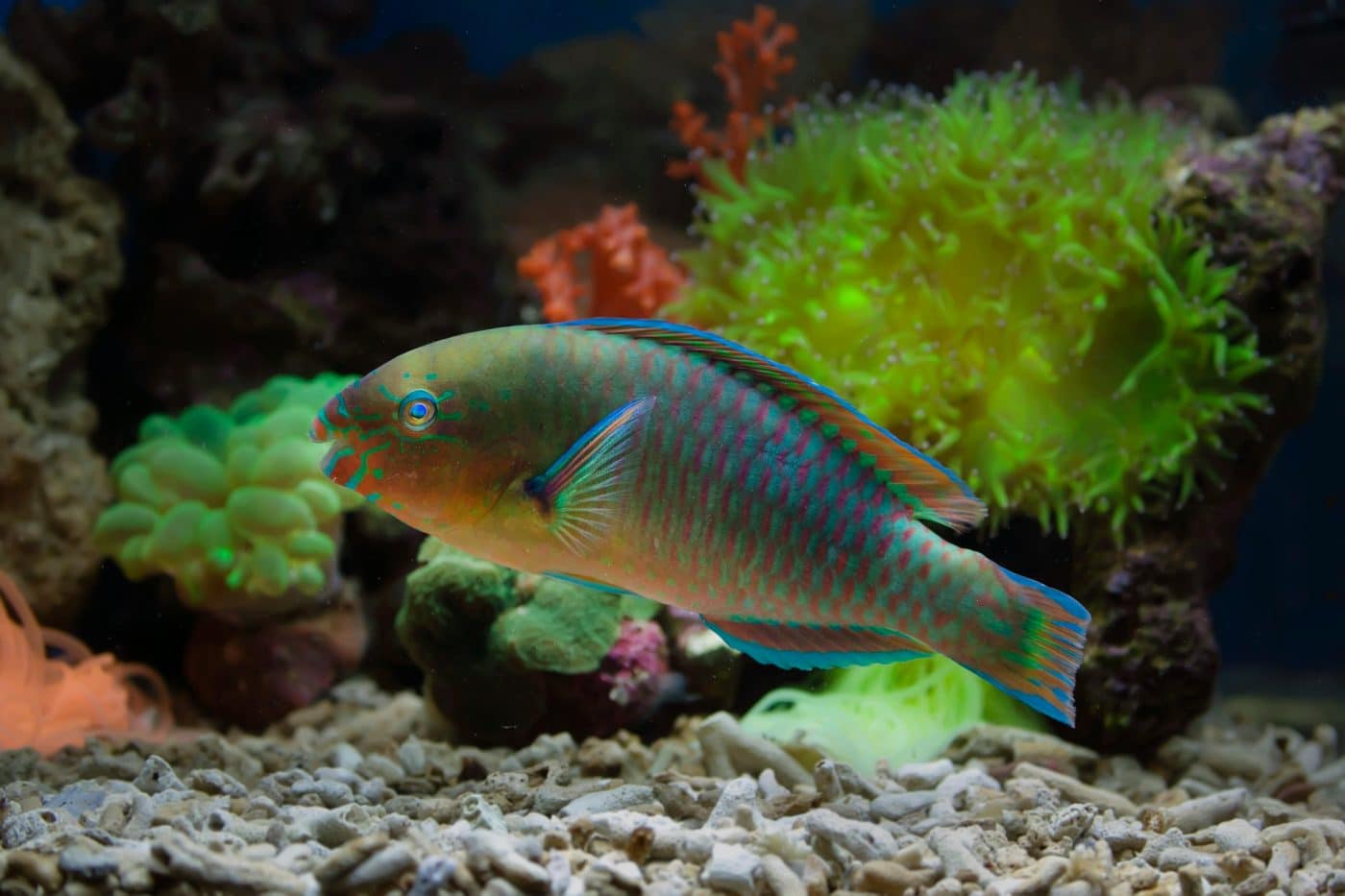 Shutterstock
Shutterstock
The ability to use tools has long been considered a hallmark of human intelligence, but it turns out many animals are also skilled tool users. The animal kingdom is full of surprising examples of creatures using tools in astonishing ways. These behaviors challenge our understanding of animal cognition, revealing that the ability to manipulate the environment is not exclusive to humans. Some animals have developed remarkable tool-using skills, proving that cleverness and creativity extend far beyond the human species. The tool-wielding talents in the animal world are truly eye-opening!
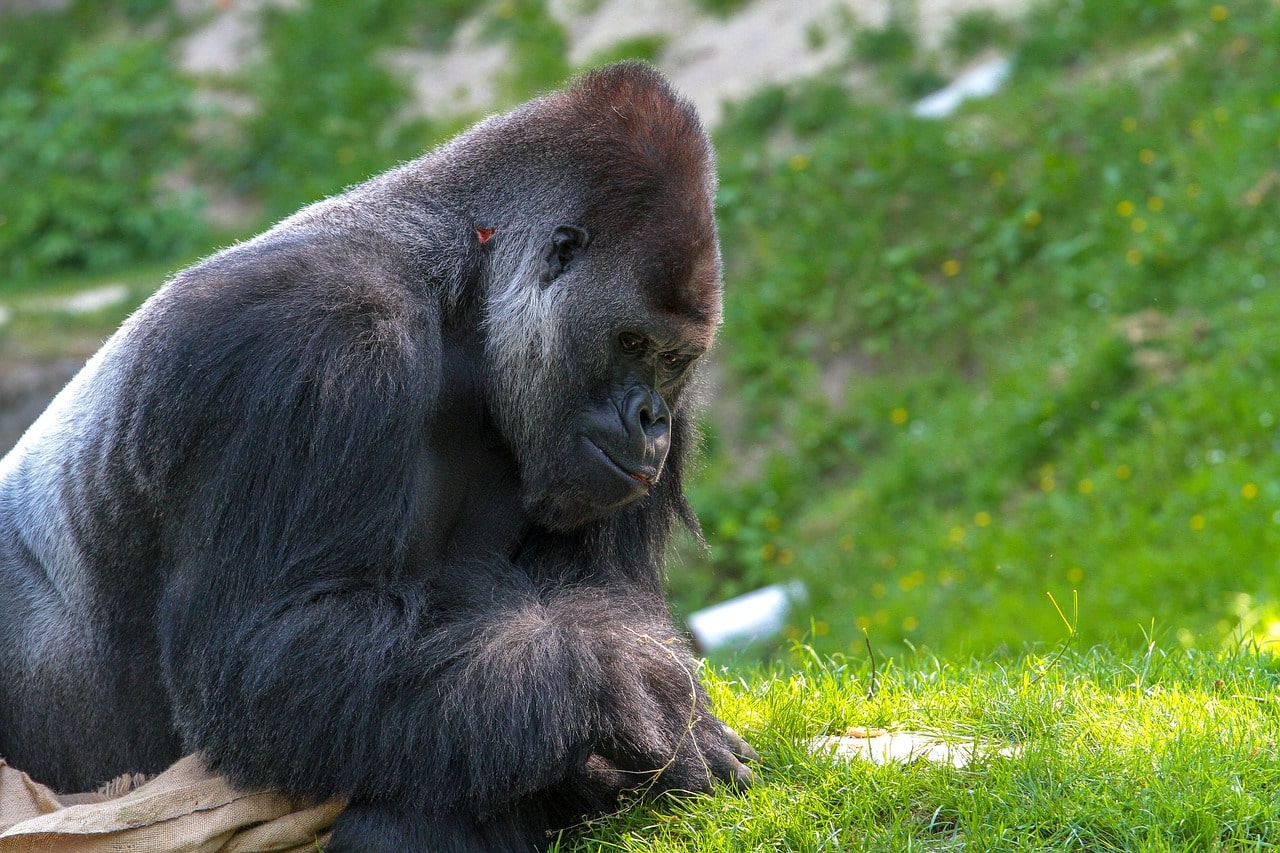 Shutterstock
Shutterstock
Gorillas are known to be excellent tool users, particularly when it comes to foraging for food. In some regions, gorillas have been observed using sticks to hunt for ants and termites. They will use a long stick to poke into anthills or termite mounds, allowing them to scoop out the insects more easily. This behavior shows that gorillas are capable of manipulating their environment to gather food and solve problems. The use of sticks in this way is a sign of their intelligence and ability to plan for survival.
Crows and Nut-Cracking
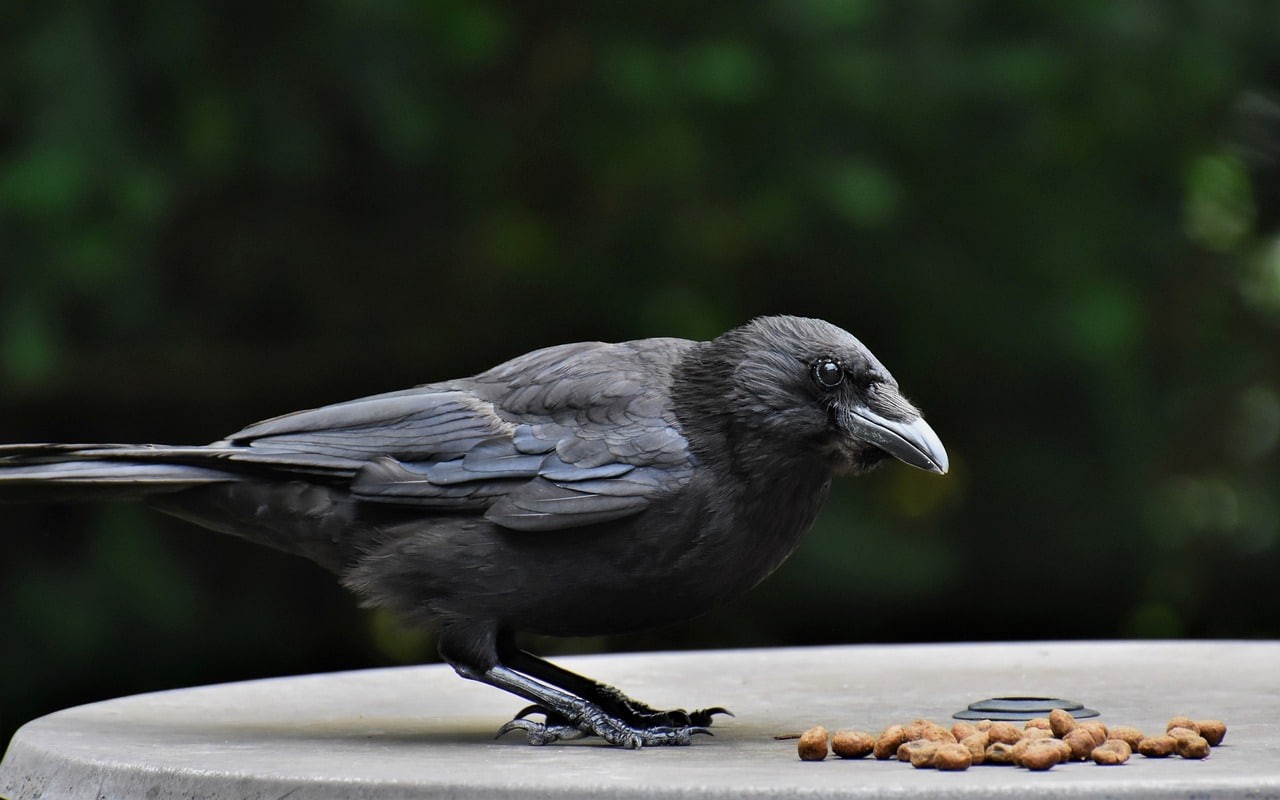 Shutterstock
Shutterstock
Crows are incredibly intelligent birds that use tools in various ways. One of the most famous examples is their ability to crack open nuts using other tools. To access the food inside, crows will drop nuts onto hard surfaces like roads, where cars can drive over them, or they will use sticks to hammer and crack open the shells. Some species, like the New Caledonian crow, have even been observed crafting their tools, cutting sticks to the right length for specific tasks. Their problem-solving skills and innovative tool use make them stand out as one of the most impressive non-human tool users.
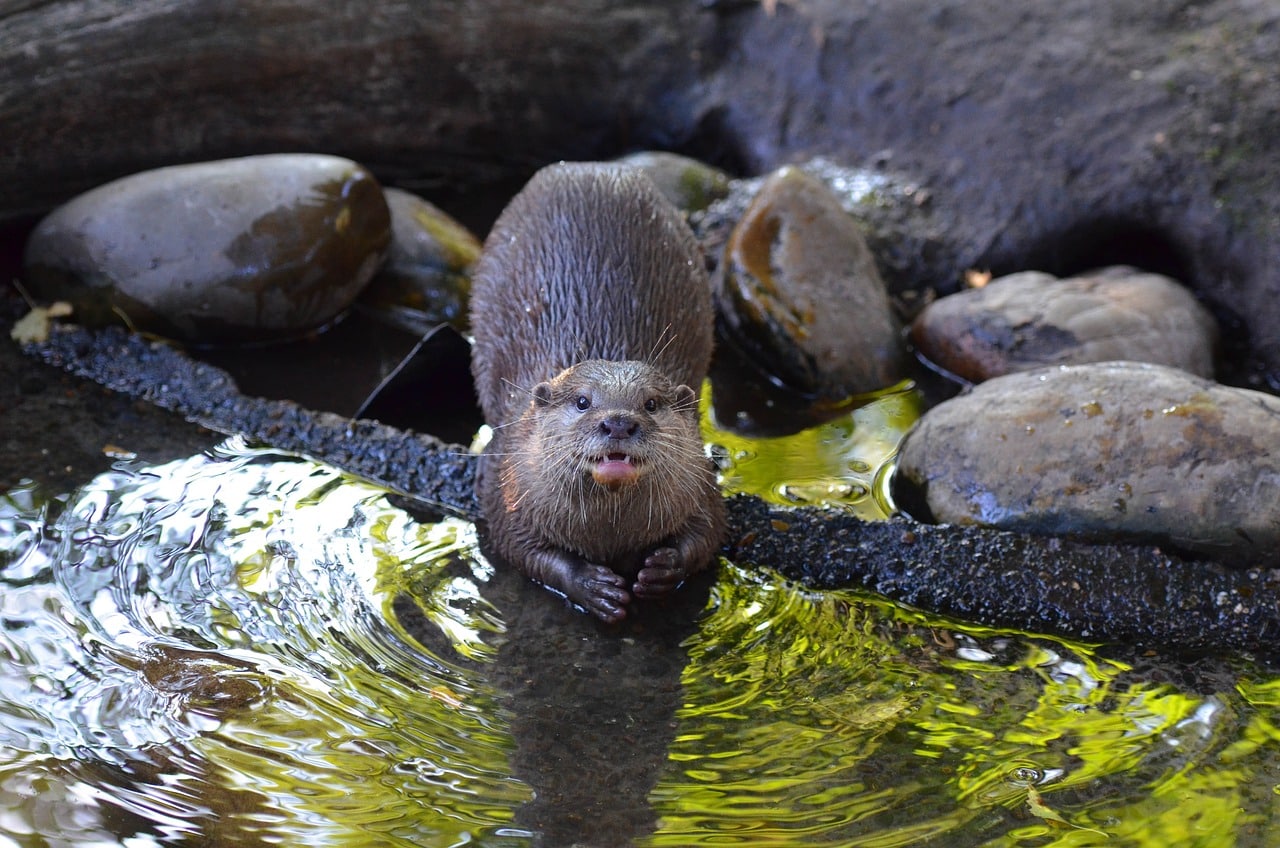 Shutterstock
Shutterstock
Sea otters are one of the few animals known to use tools underwater. They are famous for their use of rocks to crack open shellfish. When hunting for food, otters will find a smooth stone, place it on their chest, and then smash shellfish, like clams and sea urchins, against the rock to break them open. The otter even has a “tool kit,” keeping their favorite rocks tucked into the loose skin under their arms for easy access. This clever behavior is essential for their survival, allowing them to access a wider variety of food sources in their aquatic environments.
Elephants and Branches for Scratching
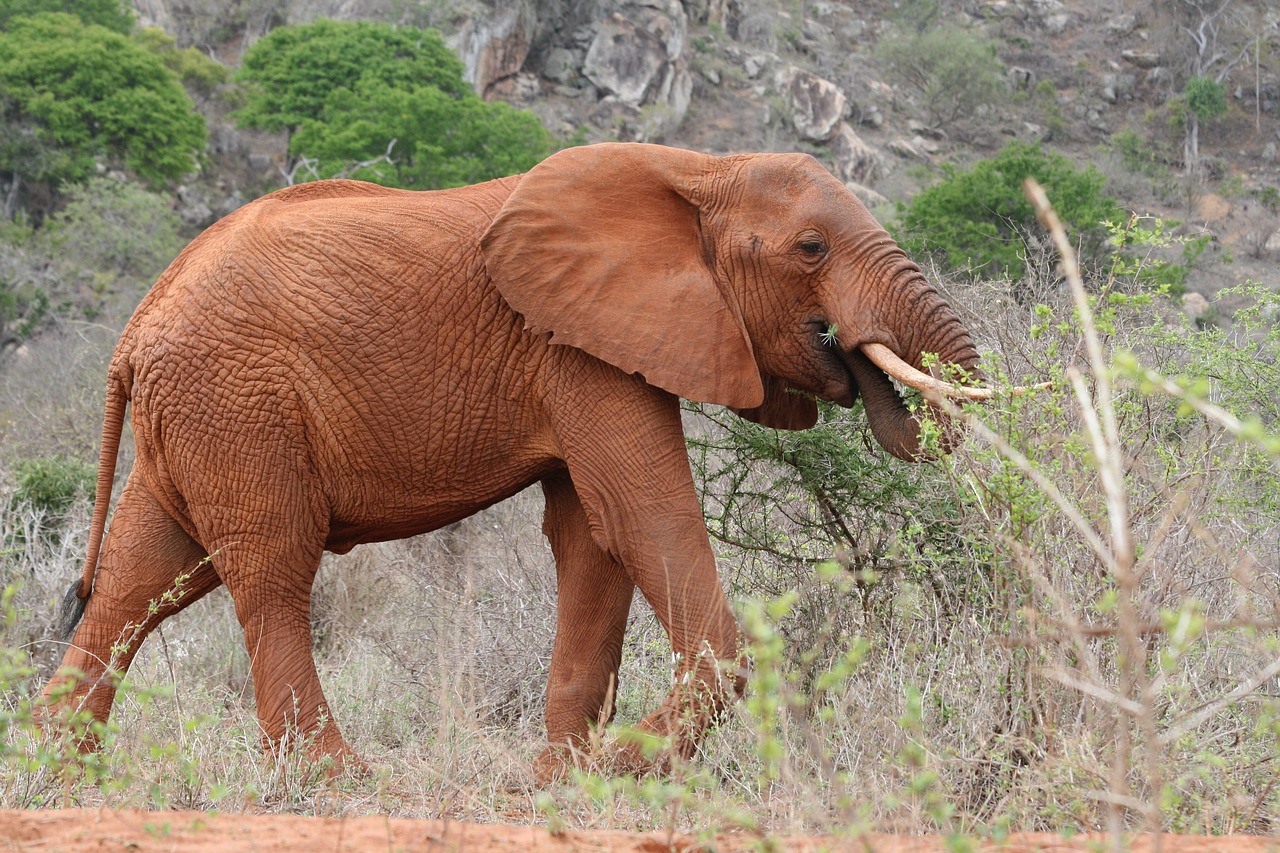 Shutterstock
Shutterstock
Elephants are known for their intelligence and complex social structures, and their use of tools is a prime example of their problem-solving abilities. One fascinating tool-use behavior is their use of branches to scratch themselves. When elephants feel itchy, they will often break off a branch from a tree or bush and use it to scratch hard-to-reach places, such as behind their ears or on their backs. This behavior helps them maintain their comfort and hygiene and shows an understanding of how objects in their environment can be used to meet their needs.
Spider Monkeys and Sticks for Harvesting Fruit
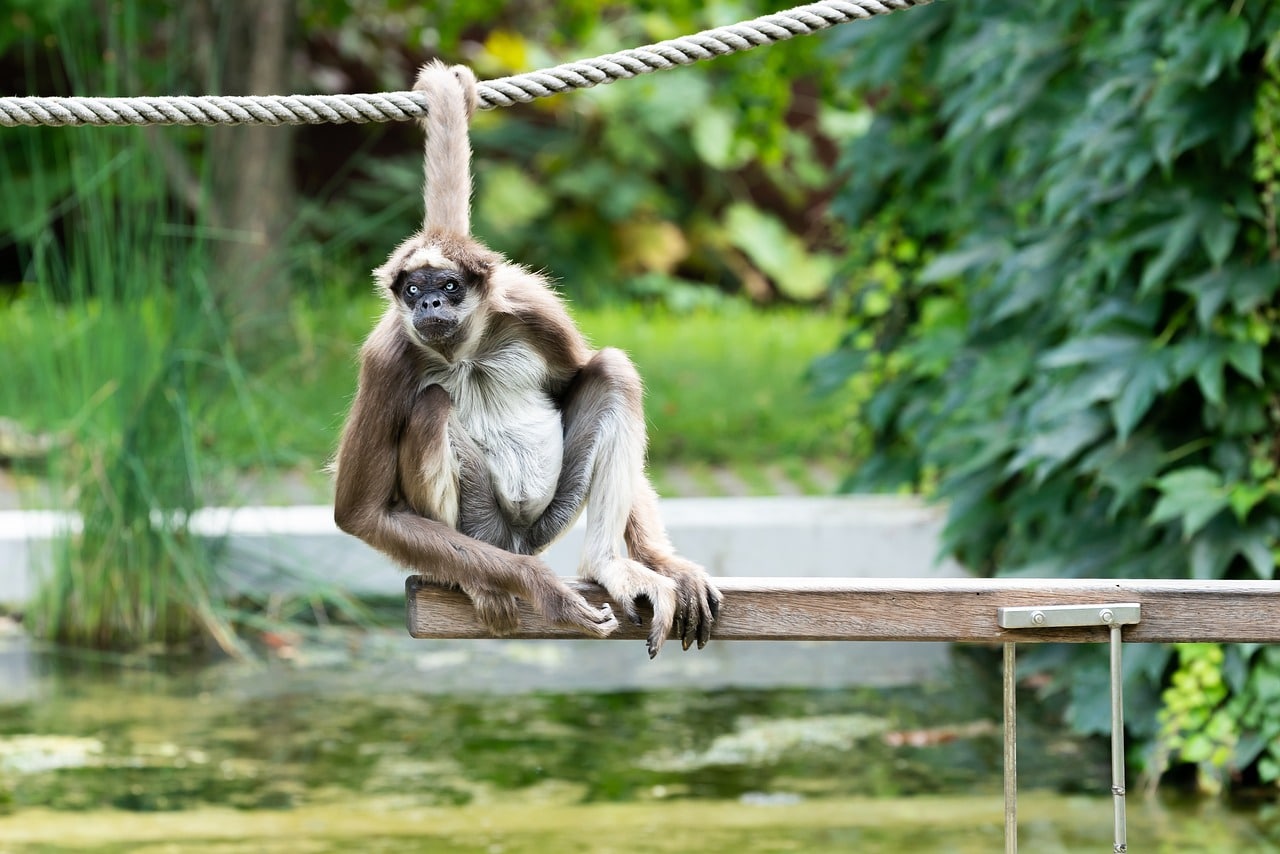 Shutterstock
Shutterstock
Spider monkeys, found in Central and South America, are another primate species known for their use of tools. They have been seen using sticks and branches to knock fruit down from trees, making it easier to harvest the food. By using long, flexible branches to dislodge fruit, spider monkeys can reach food that would otherwise be difficult to access. This behavior not only demonstrates their understanding of cause and effect but also their ability to use objects in their environment to make life easier.
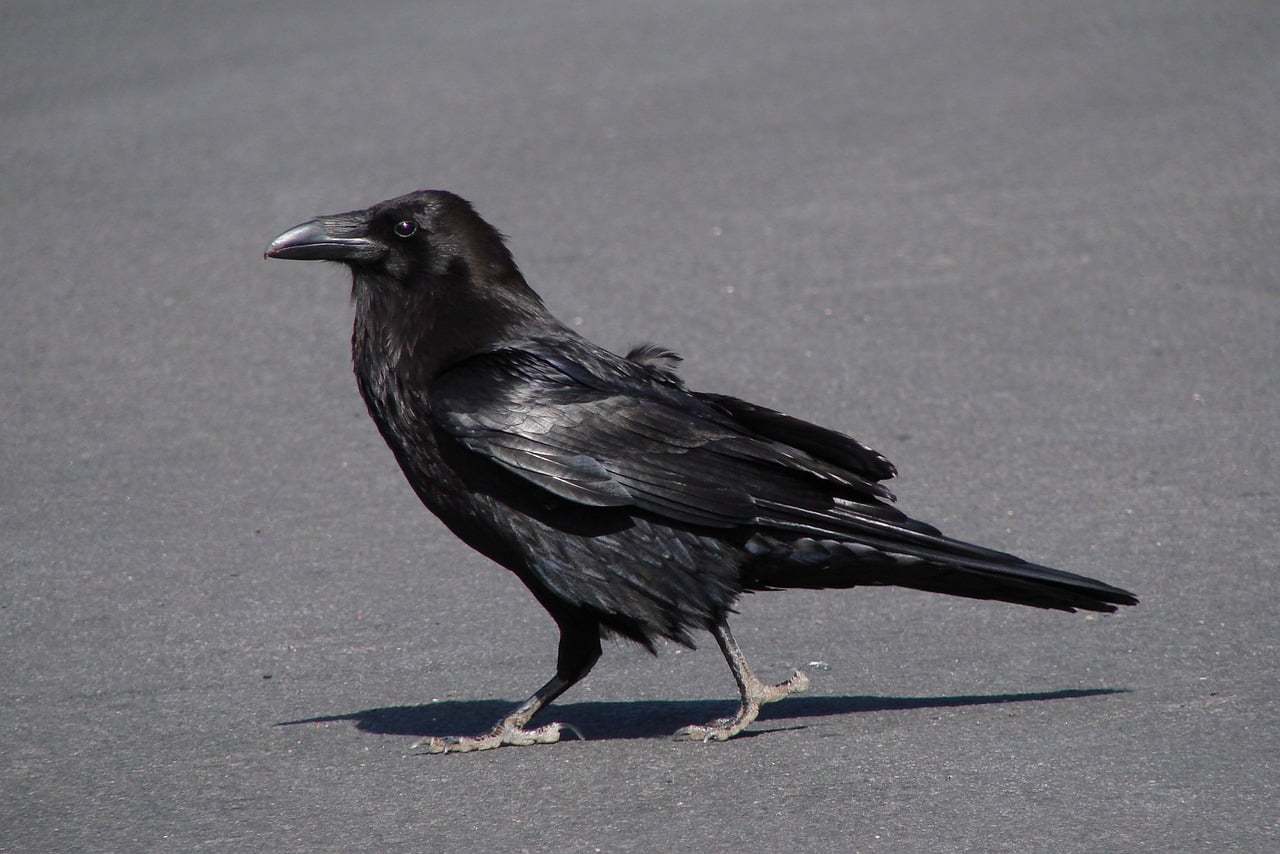 Shutterstock
Shutterstock
While many animals use tools to achieve a goal, the New Caledonian crow takes it a step further by manufacturing its tools. These crows are skilled in selecting and shaping twigs to create tools designed to accomplish specific tasks, such as extracting insects from bark or crevices. In some cases, they use one tool to create another. The ability to make tools, rather than simply use them, is considered one of the most advanced forms of tool use in the animal kingdom and is a behavior that challenges our traditional views of animal intelligence.
Fish and Coral Tools for Foraging
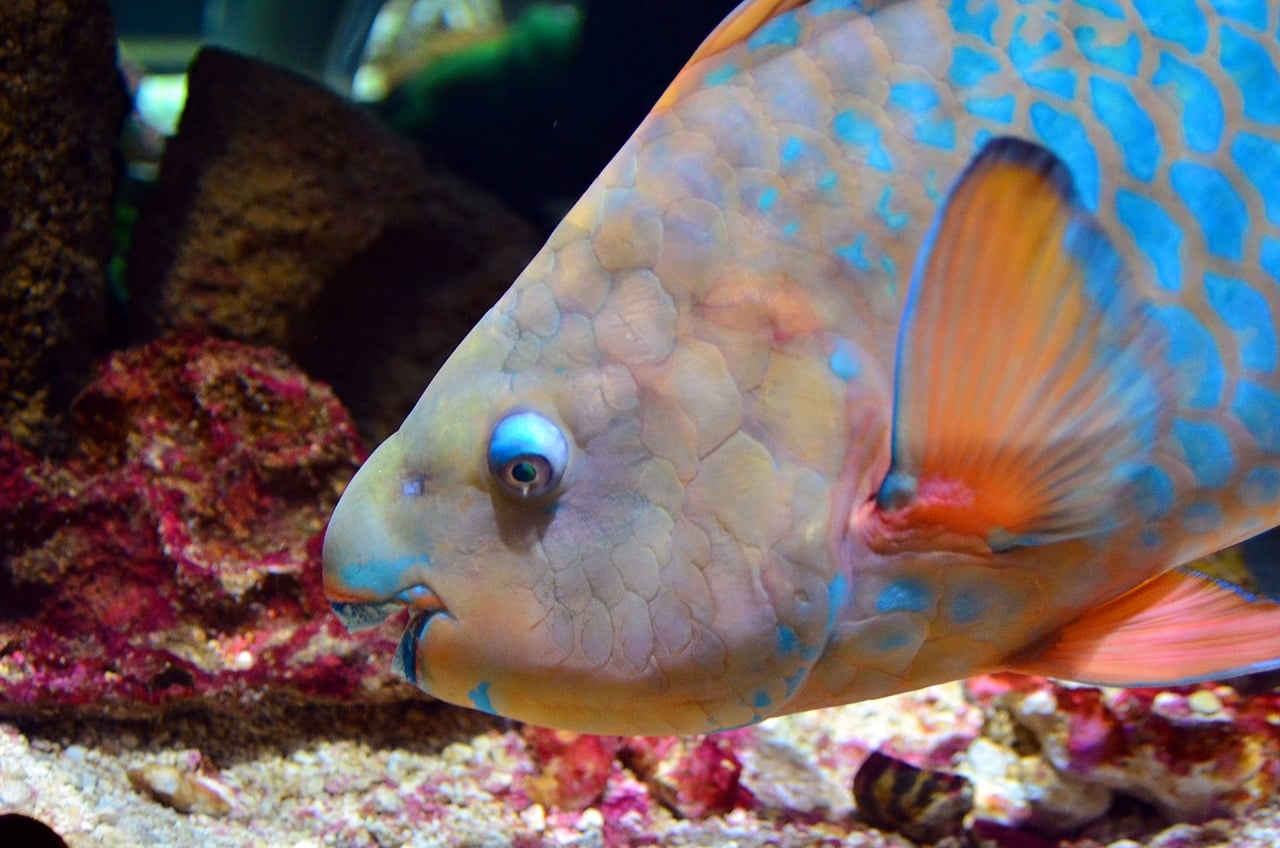 Shutterstock
Shutterstock
Some species of fish, particularly parrotfish, use tools to help them forage for food on the ocean floor. Parrotfish are known to use large rocks to crush open coral and access the small invertebrates inside. The fish bite into the coral with their strong jaws, but they also use tools like rocks to help break it apart when needed. This behavior is another example of how animals use objects in their environment to enhance their ability to forage, access food, and survive in their habitats.
Octopuses and Coconut Shells
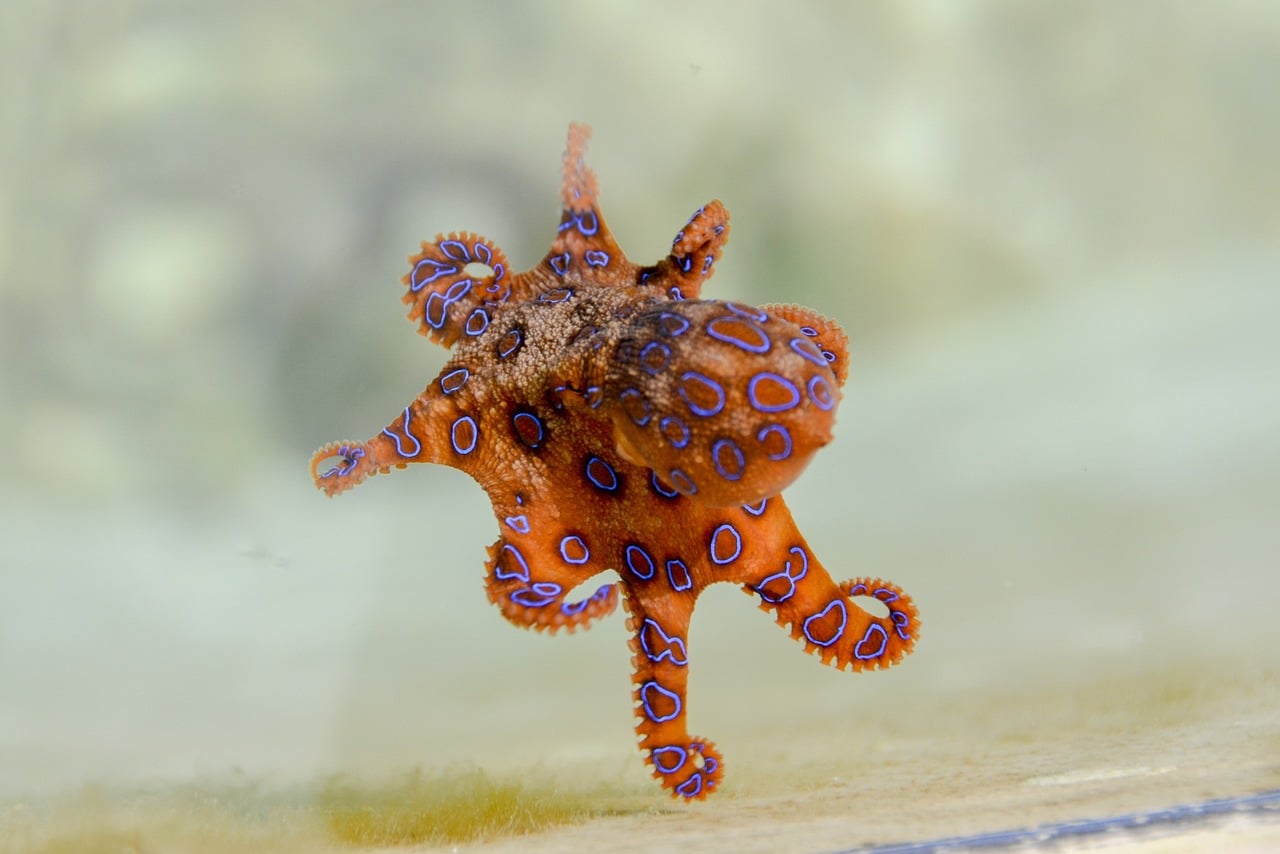 Shutterstock
Shutterstock
Octopuses are known for their extraordinary problem-solving abilities and are famous for using tools in highly inventive ways. One of the most astonishing examples of tool use in octopuses is their use of coconut shells. These clever creatures collect coconut shells and use them as protective shelters. They will carry the shells with them, sometimes stacking them up, and when they feel threatened, they will quickly retreat inside the shells for protection. This behavior demonstrates not just the ability to use tools but also the ability to plan and carry tools from place to place for future use.
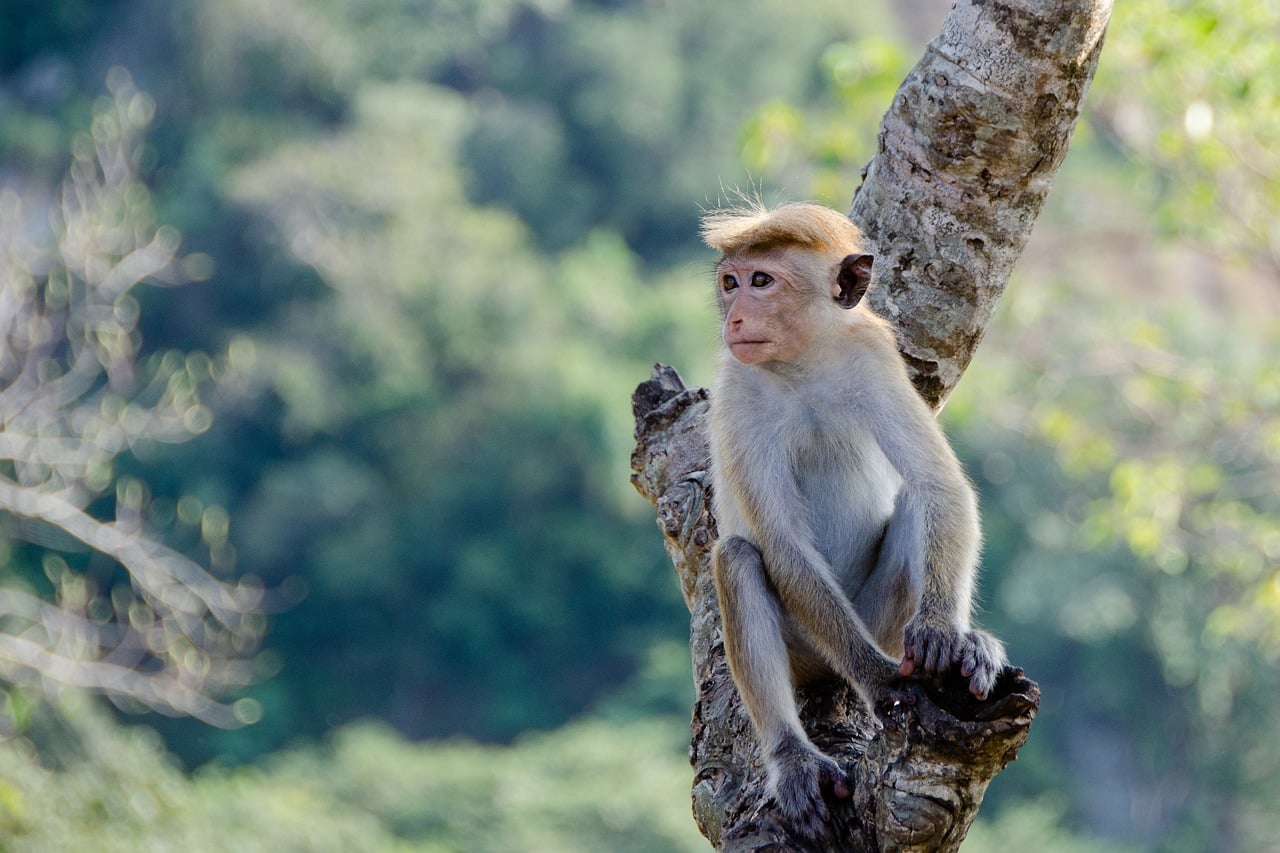 Shutterstock
Shutterstock
Macaques, a type of monkey found in Southeast Asia, are also known to use tools. One of the most common behaviors involves using stones to crack open nuts. The macaques will select a flat stone and use it as an anvil, dropping nuts onto the surface to break them open. In some instances, the macaques will even use a second stone to hammer the first stone and crack the nut. This tool use is often passed down through generations, indicating not only the ability to use tools but also the transmission of knowledge and culture within primate groups.
Woodpecker Finches and Insect Hunting
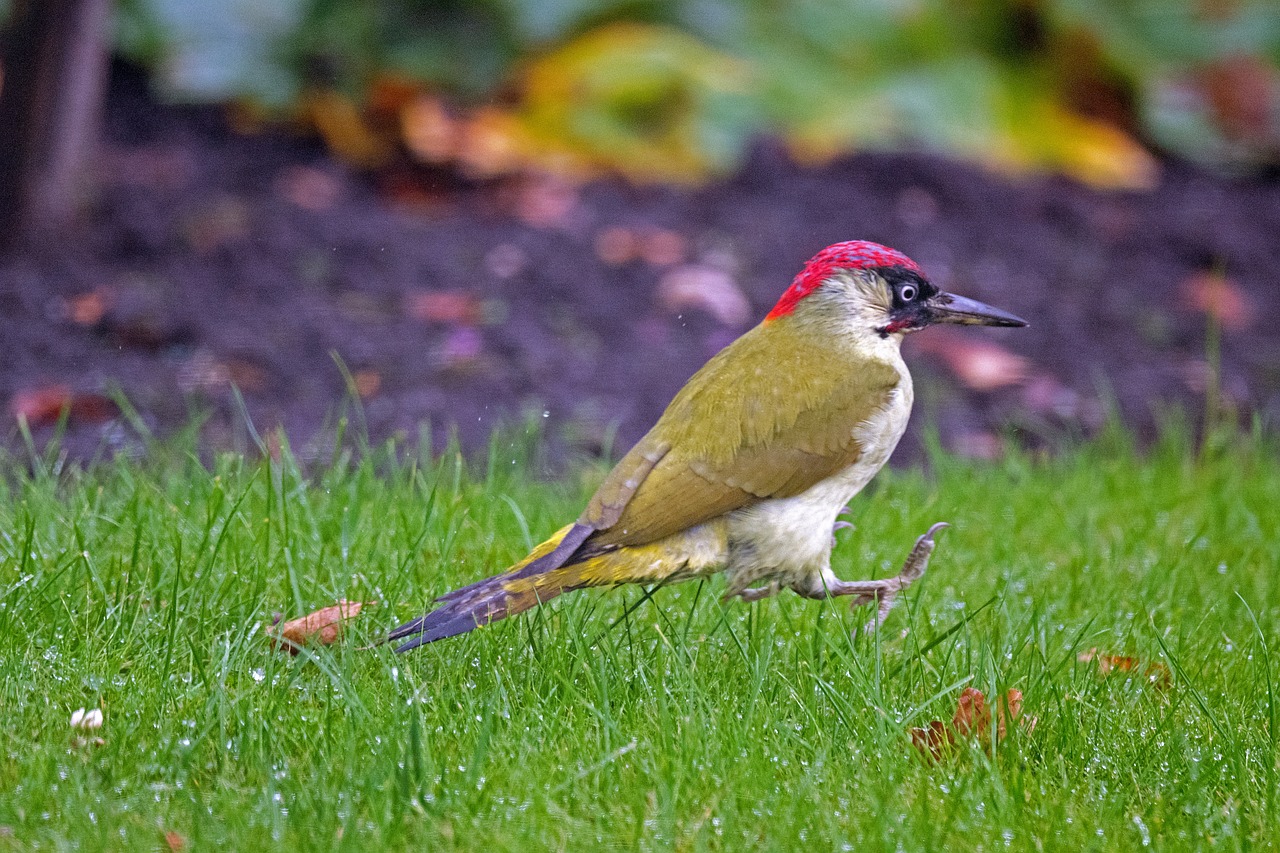 Shutterstock
Shutterstock
Woodpecker finches from the Galápagos Islands have become famous for their ability to use twigs, cactus spines, and even their beaks to extract insects from tree bark. The finches are particularly adept at using twigs to pry out beetles and other insects from crevices. Their behavior is similar to that of a woodpecker, and it is believed that this tool use evolved due to the finches’ need to forage for hard-to-reach food in their environment. The finches’ use of tools is a fascinating example of how animals can adapt their behavior to exploit new food sources.
Wrasse Fish and Sponges for Protection
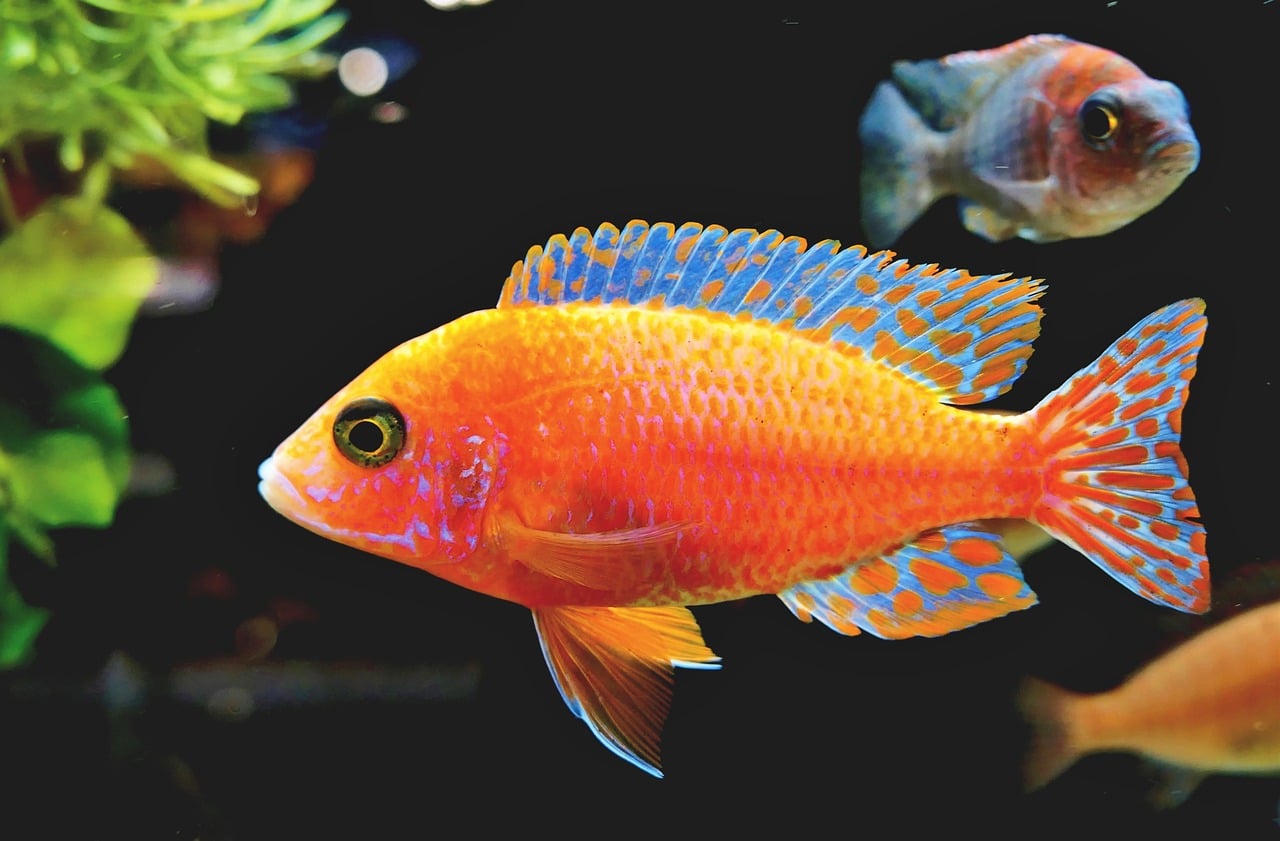 Shutterstock
Shutterstock
Wrasse fish are known for their ability to use sponges as tools for hunting. These fish will grab a piece of sponge and use it to cover their snouts, which protects them as they search for prey in rocky, coral-filled environments. The wrasse fish use the sponge to shield themselves from sharp corals, spiny creatures, and other hazards while foraging for food. This behavior is a great example of how animals adapt to their environments by using available resources in highly creative and functional ways.
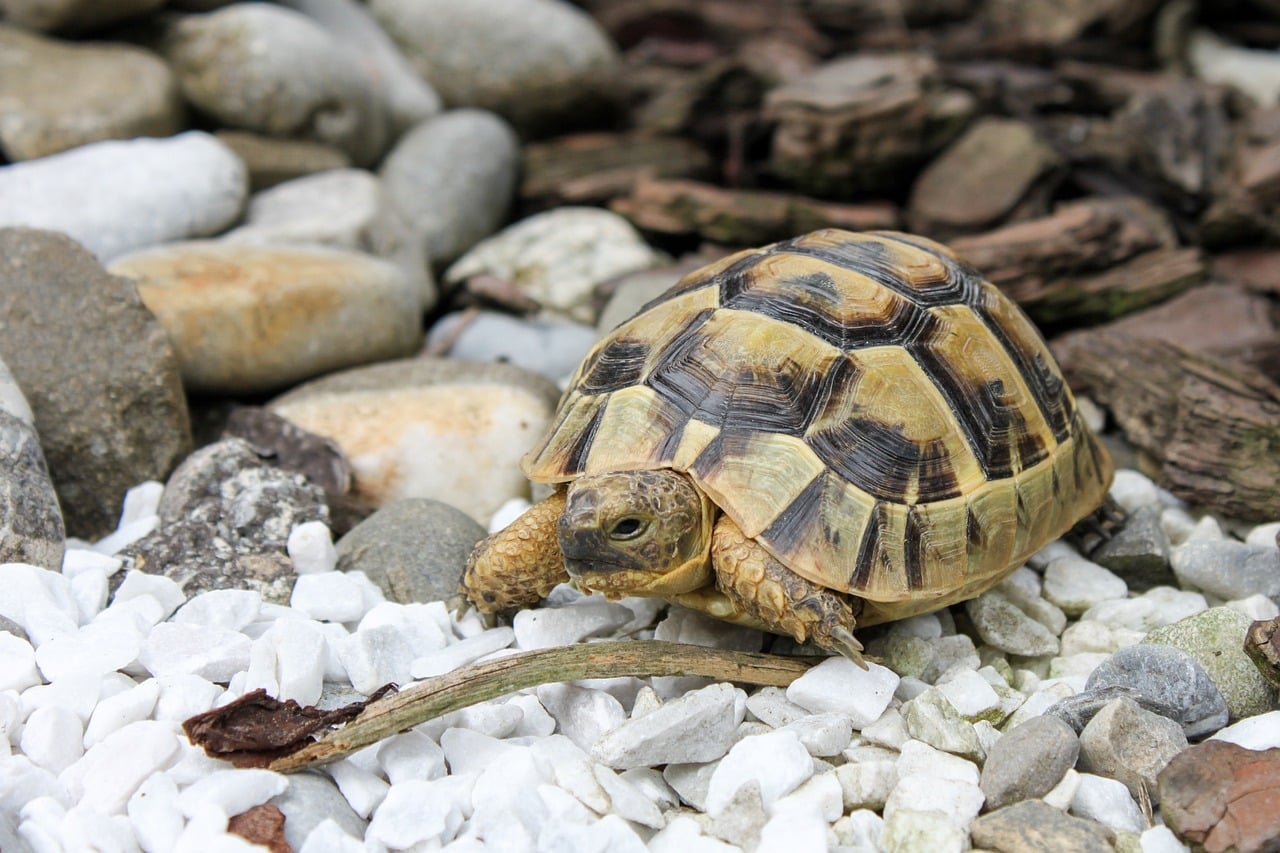 Shutterstock
Shutterstock
Tortoises, while often seen as slow and methodical creatures, have been observed using tools in surprisingly creative ways. In one example, the Aldabra giant tortoise was seen using sticks to help it reach food that was out of its immediate reach. The tortoise would push or pull sticks toward its food source, allowing it to manipulate the environment and access the food more easily. While this behavior is not as complex as that of some other tool users, it shows how even slow-moving creatures can develop problem-solving strategies to survive.
Beavers and Dam Construction
 Shutterstock
Shutterstock
Beavers are well known for their extraordinary ability to construct dams and lodges, using an array of natural tools in the process. These highly skilled engineers use branches, logs, mud, and even rocks to create intricate structures that alter the flow of rivers and streams. The dams they build serve multiple purposes: creating a safe, stable habitat, providing protection from predators, and ensuring a constant supply of water. The use of tools to manipulate the environment is one of the most impressive examples of animal engineering, showcasing beavers’ ability to modify their surroundings for long-term survival.
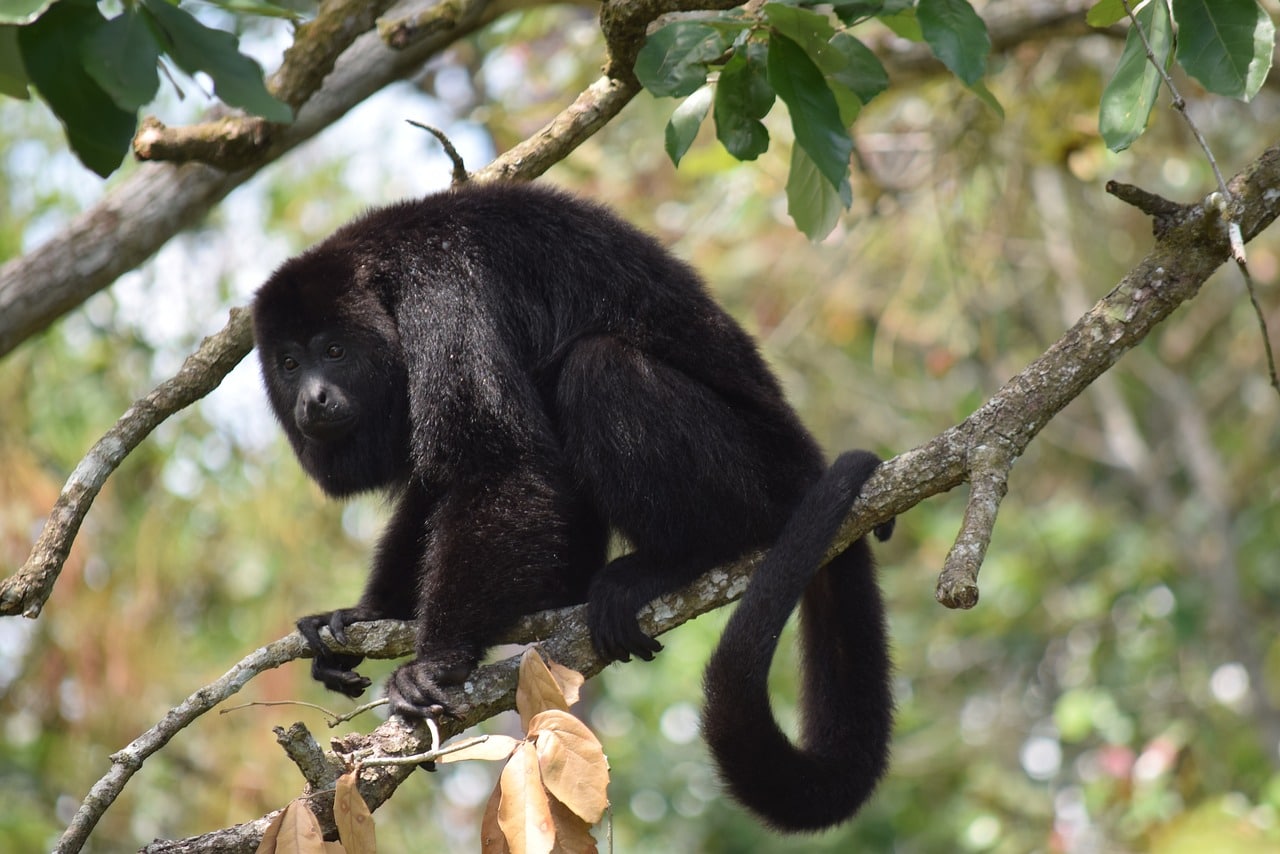 Shutterstock
Shutterstock
It’s mind-boggling to think about how animals around the world use tools in ways that not only help them survive but also showcase their astonishing intelligence and creativity. Animals have proven they’re far more resourceful than we often give them credit for. Just remember: they’re not just after dinner—they’re showing off some seriously impressive tool skills! We’re not the only ones with a knack for using tools to make life a little easier. The animal kingdom is full of crafty, tool-wielding innovators!

